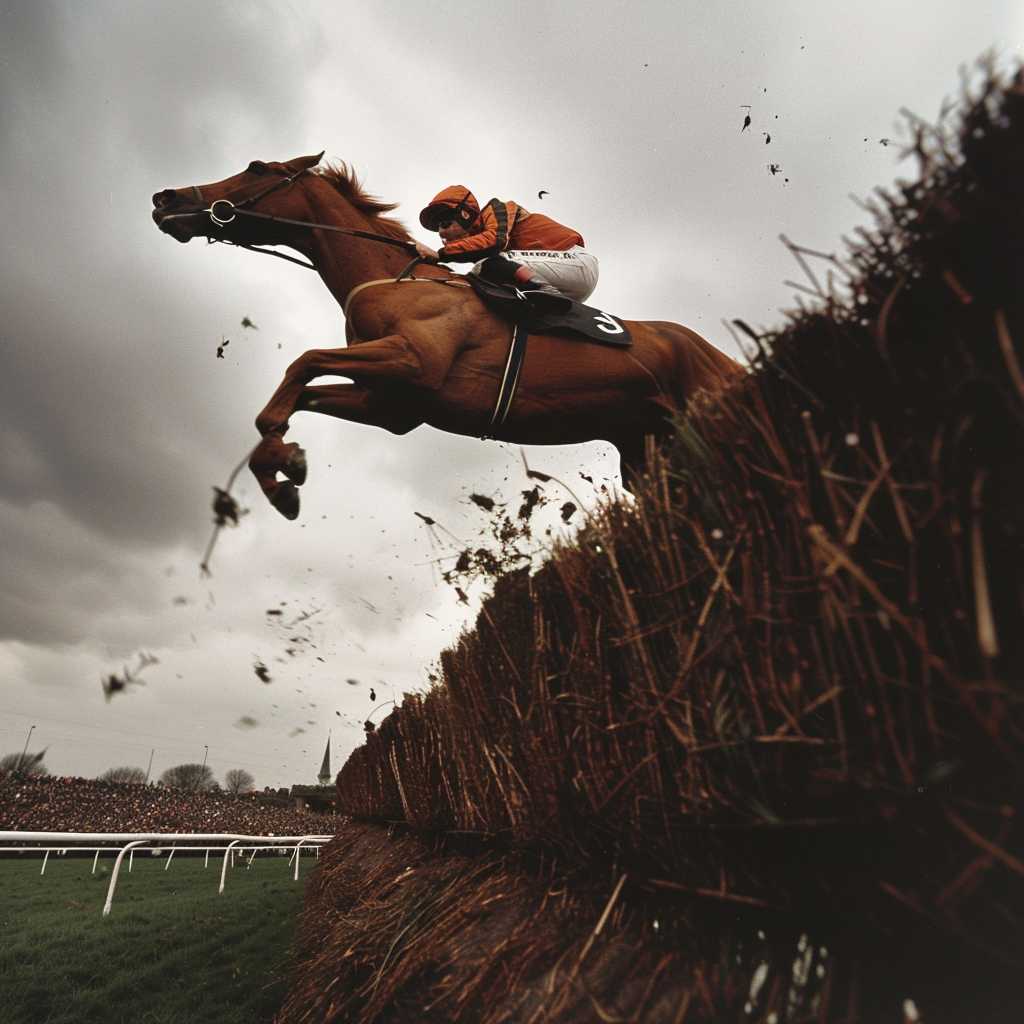An Insider’s Guide to Grand National Horses: Breeding, Training, and Racing Excellence
The Grand National, a hallmark event in British horse racing, is renowned for its rigor, tradition, and the uncanny ability to draw attention from all corners of the globe. Held at Aintree Racecourse near Liverpool, the Grand National stands out due to its grueling four and a half miles of challenging jumps and turns. This article will offer an in-depth exploration into the world of Grand National horses—focusing on their breeding, training regimens, legendary participants, and what makes them uniquely suited for one of the toughest races in equestrian sports.
The Breeding of Grand National Contenders
Breeding plays a crucial role in preparing a horse to withstand the demands of the Grand National. Successful contenders often come from a line of thoroughbreds known for their stamina, agility, jumping ability, and mental resilience.
Genetics play a part in bestowing these animals with physical attributes such as muscle composition, bone density, and cardiovascular capabilities—factors that matter greatly when tackling the Grand National’s 30 fences. Owners and breeders often look to sire lines with proven track records in national hunt racing. Stalwarts such as Red Rum trace back to steeplechasing lineage and exemplify the breeding standards often sought after in prospects for this prestigious race.
Training Regimens: Preparing for the Pinnacle of Steeplechase
Training a Grand National horse is an exhaustive process that requires strategy, time, and unparalleled expertise. Each aspiring contender usually embarks on a carefully curated schedule meticulously designed by seasoned trainers.
Sessions typically include endurance building, strength training, and repeated practice over fences. Scaffolded increments in intensity help acclimatize horses to the grueling conditions they will face on race day. Nutritionists and veterinarians work alongside trainers to ensure that diets are optimized for peak performance while maintaining animal welfare.
Furthermore, mental fortitude is key—horses must remain calm in the electric atmosphere of Aintree and focused amidst a field of racing peers. Therefore, mental conditioning is as prevalent within training agendas as physical preparation.
Legends of the Course: Famed Grand National Horses
Several horses have left a significant imprint on the pages of Grand National history through their performances. Red Rum stands as something of an institution, having won the Grand National three times—a feat not replicated since his historic treble in the 1970s. His extraordinary ability to conquer Aintree’s fences with grace under pressure made him both a hero and symbol of equine excellence.
Other memorable horses such as Aldaniti who triumphed against the odds while overcoming significant injury, also personify what it takes to realize victory here. Their stories contribute not only to the rich tapestry of racing narrative but continue to inspire owners, trainers, jockeys, among countless fans.
The Pinnacle of Equine Fitness: Characteristics That Make A Great Grand National Horse
The anatomy of a prime Grand National horse generally showcases a sturdy build which commands endurance across long distances but also retains enough agility for tactical maneuvering. Furthermore, they necessitate robust hindquarters which power jumps over the formidable Becher’s Brook and The Chair—two among many hurdles standing between start and finish lines at Aintree.
Mentality is equally important; these horses must stay poised under pressure yet responsive to jockey cues amid chaos. Navigating densely populated fields by making shrewd judgments on when to push ahead or hold back distinguishes master navigators in this sport. In brief, it is the combination of physical prowess alongside sharp decision-making abilities that draws a line between participants and champions.
The Modern Evolution of Horse Racing Techniques for Grand Nationals
As equestrian science has advanced, so too have methods surrounding racing preparation—including modern training technologies like heart rate monitors to finely tune cardiovascular work or therapeutic treatments post-training to speed recovery. Biomechanics play increasingly large roles as exponents look beyond historical wisdom to ground-breaking research into musculoskeletal systems.
Ethical questions have equally grown in prominence with advocates promoting sustainable practices within horseracing—covering aspects like ethical breeding programs and responsible stewardship with retraining old racehorses becoming thematic dynamos driving contemporary discussion.
Notes
Image description: A powerful chestnut thoroughbred clears a high fence effortlessly under grey overcast skies at Aintree Racecourse—the intensity and concentration palpable as an anxious crowd watches from the sidelines during a Grand National event.
